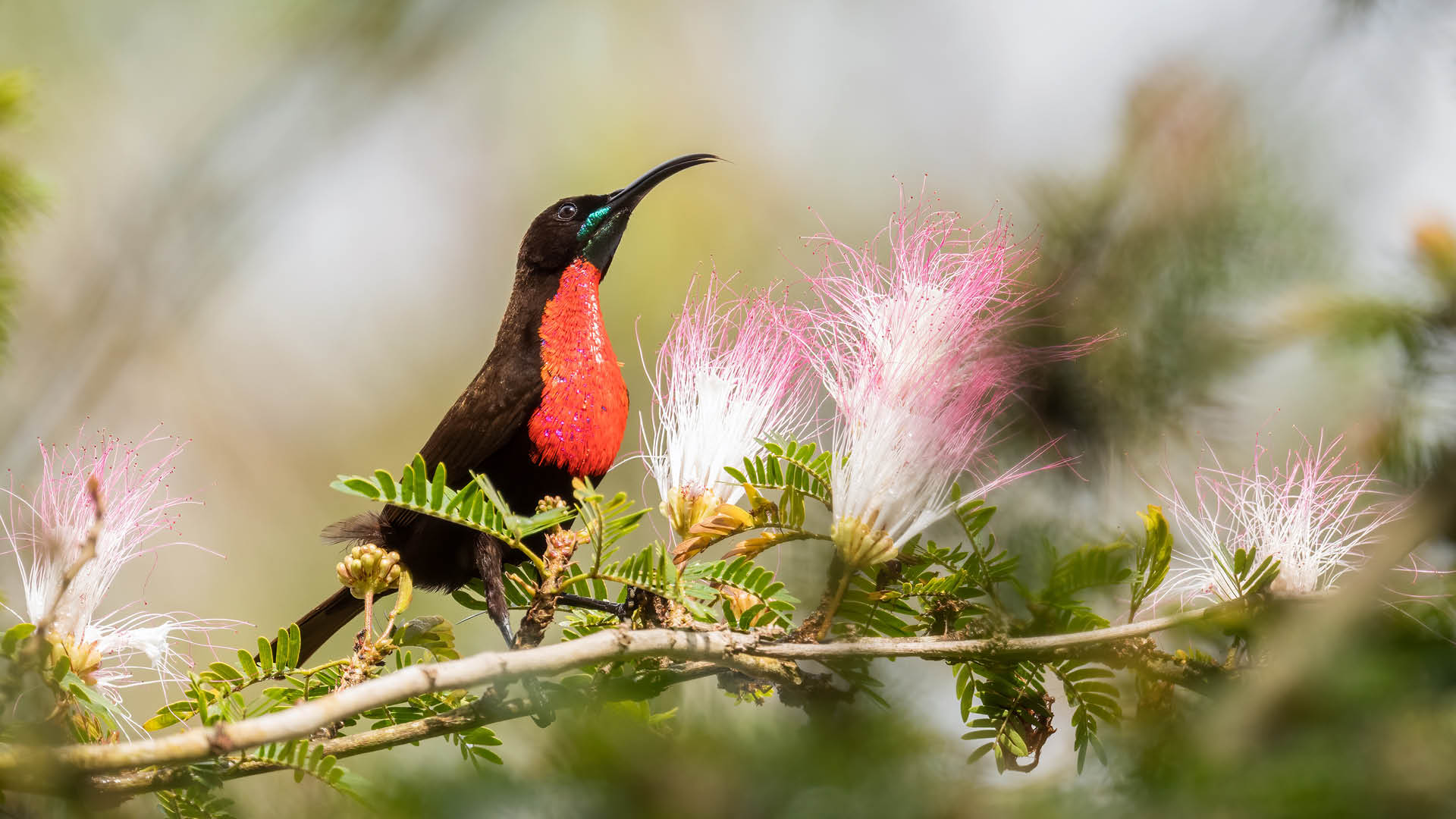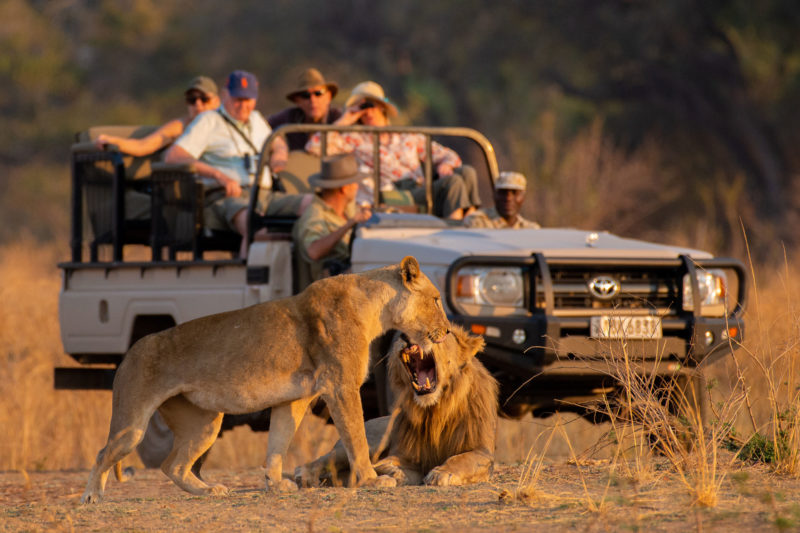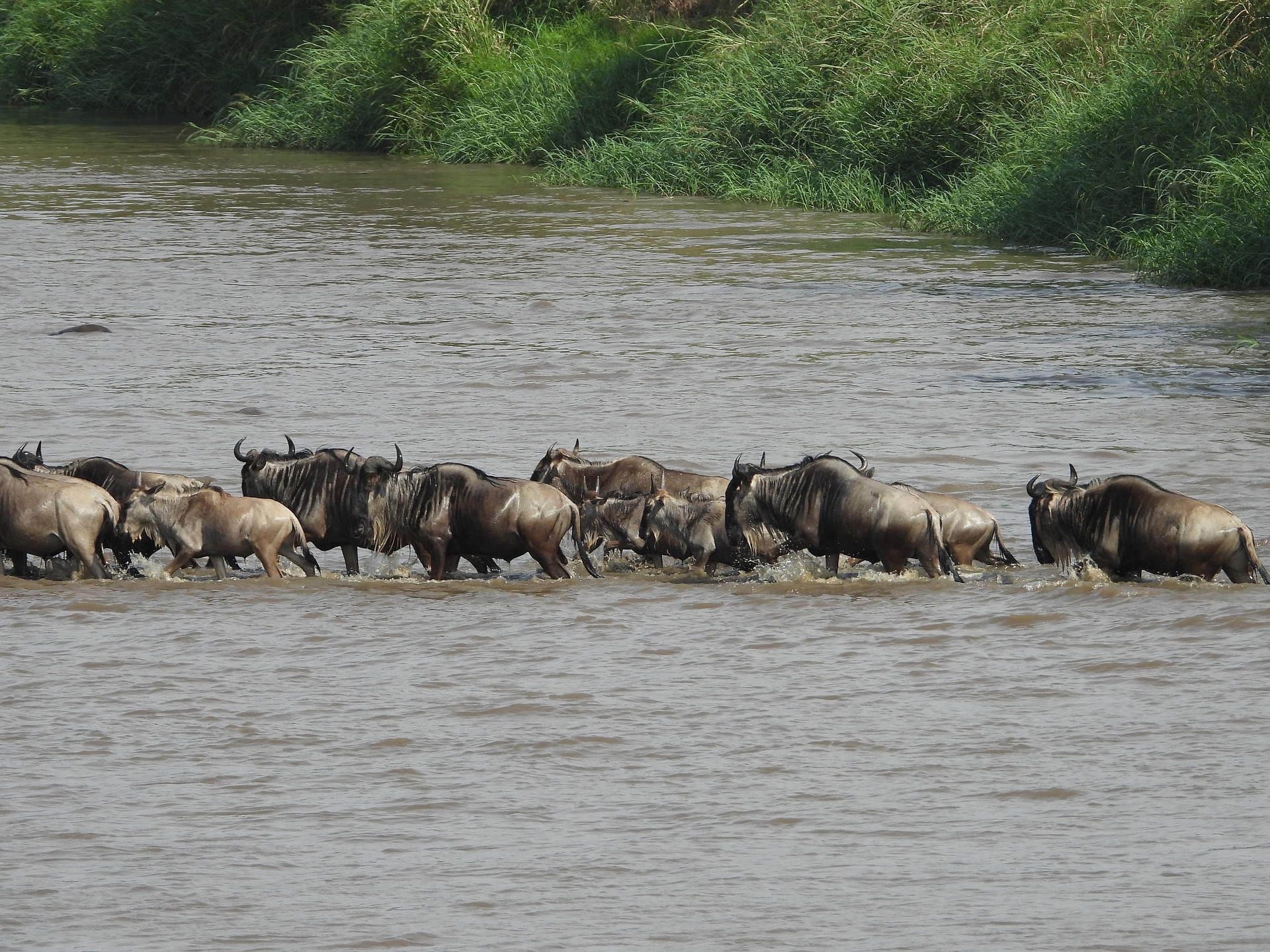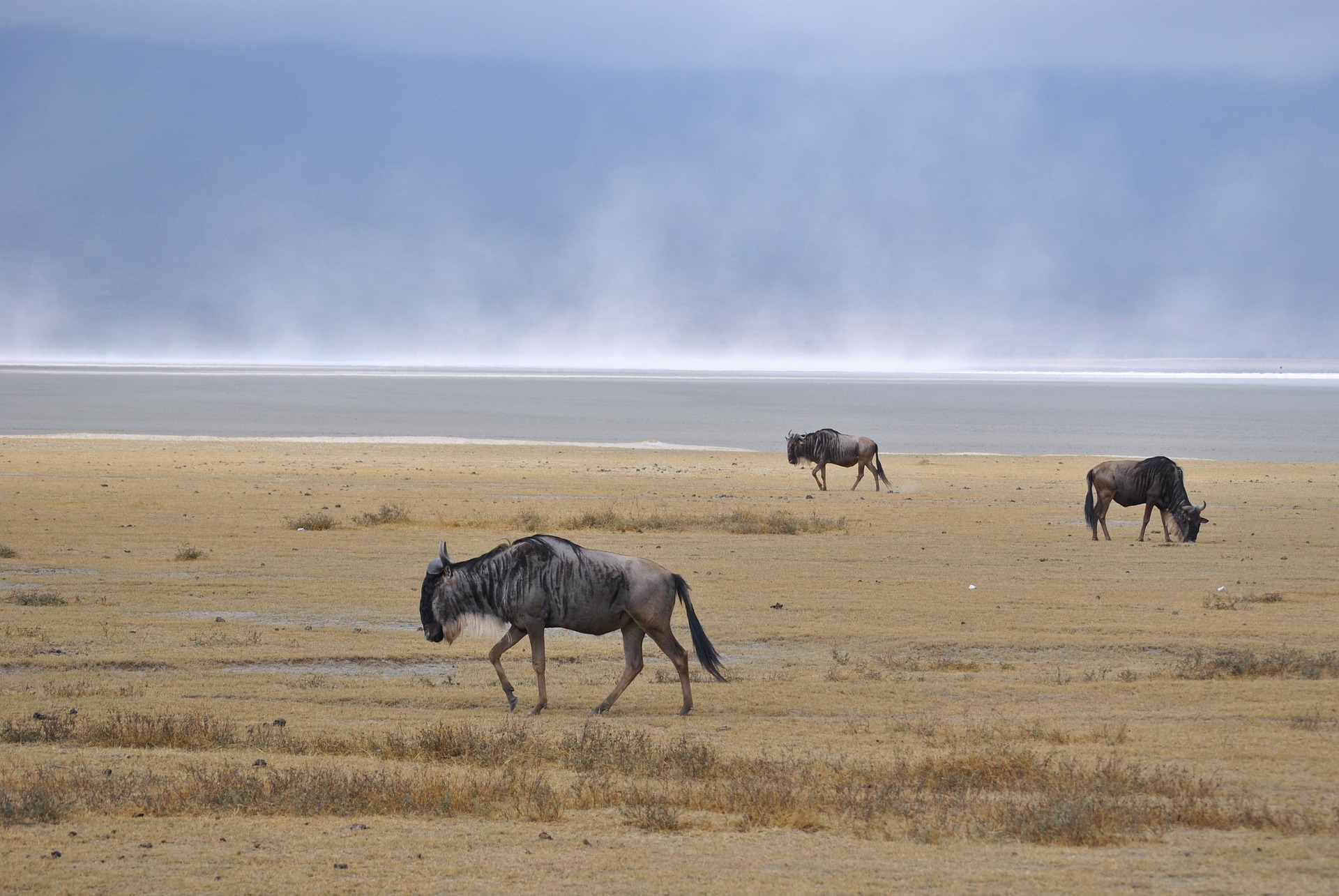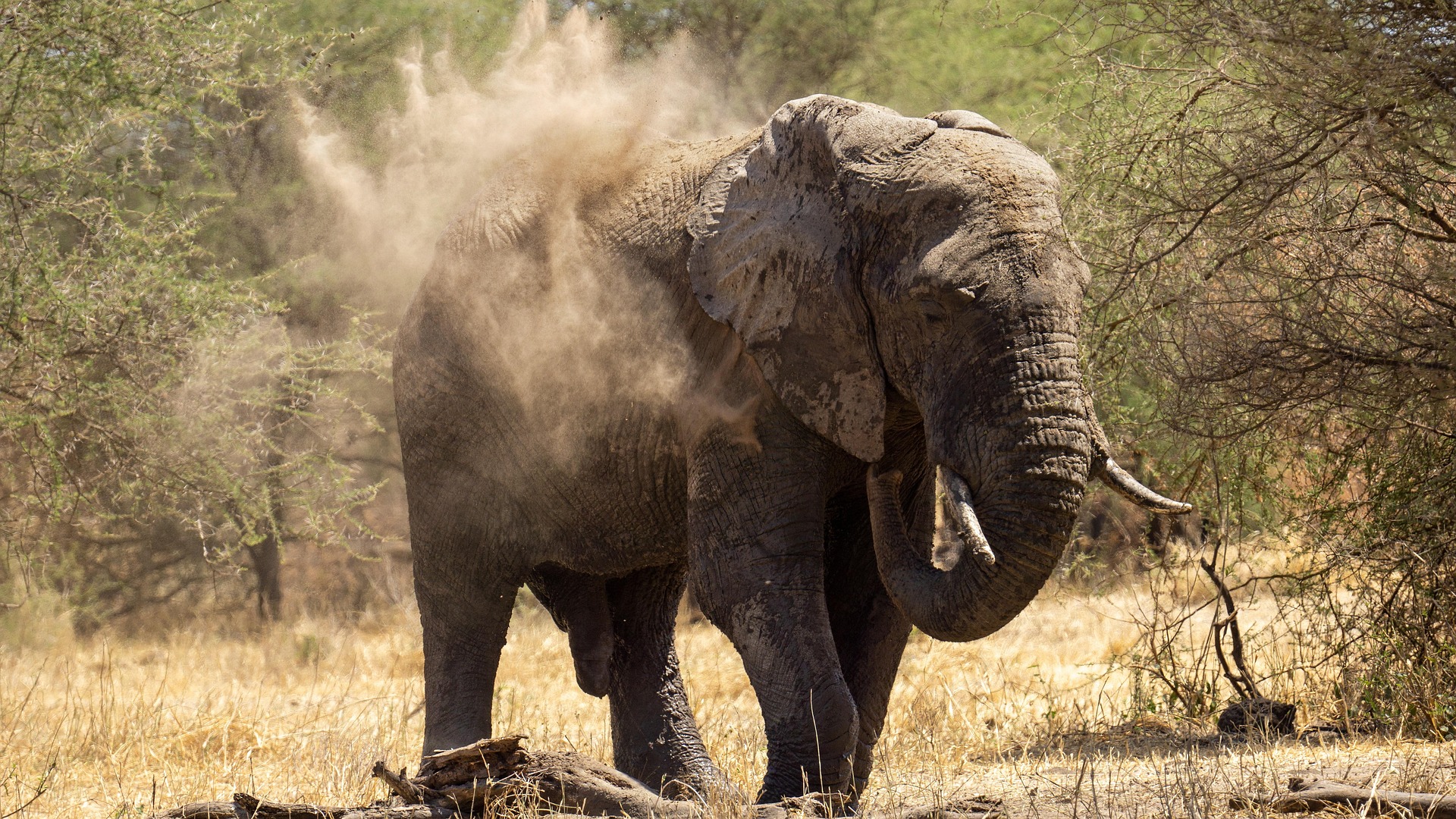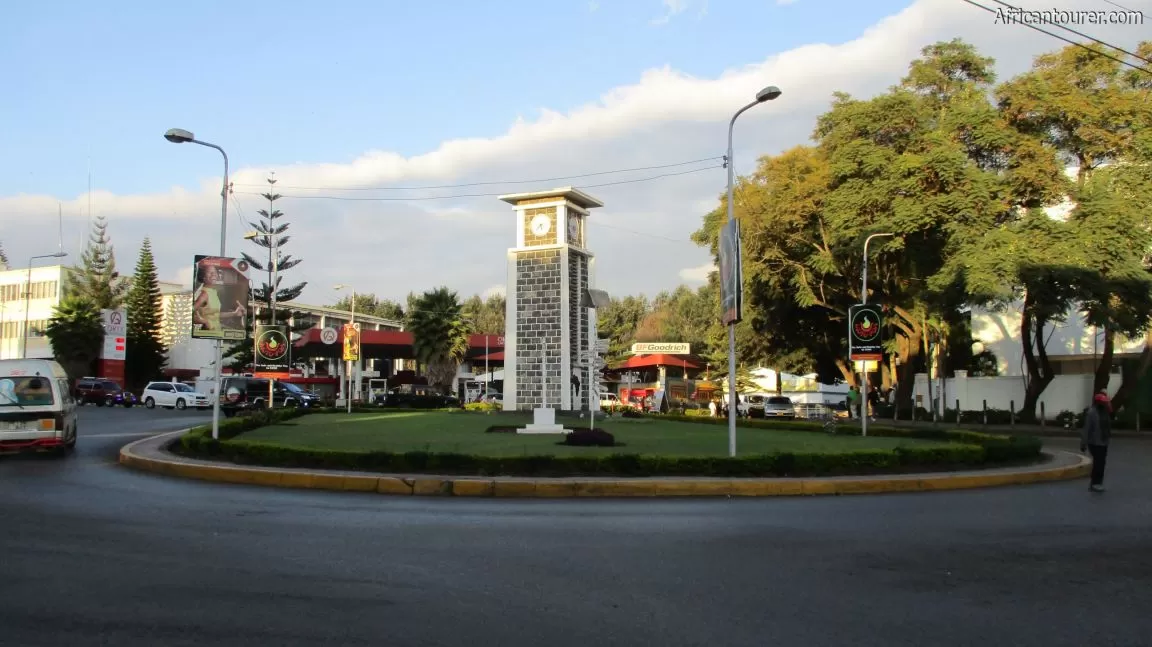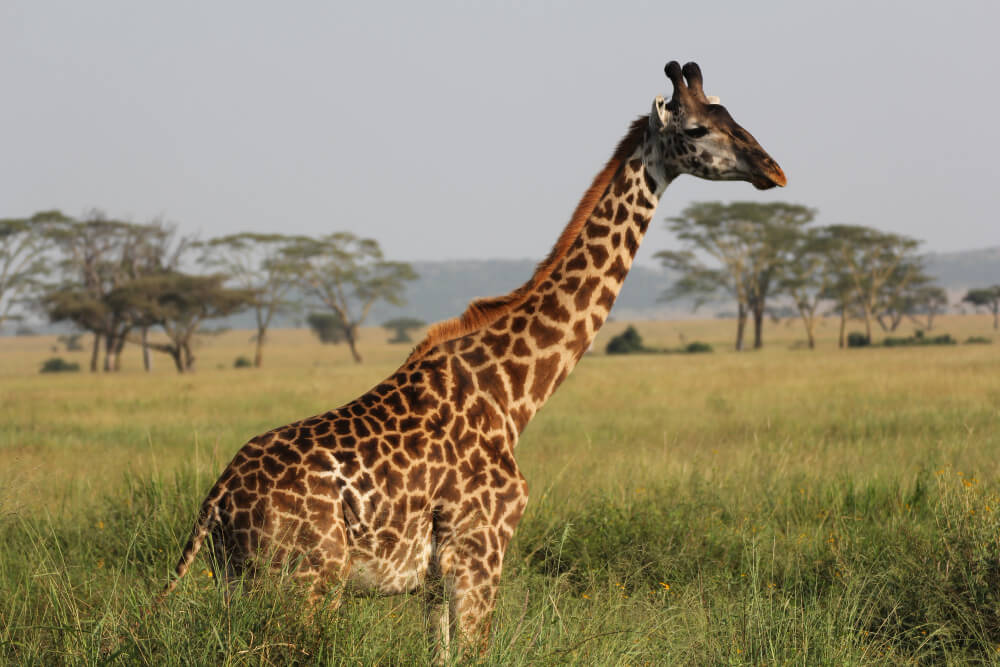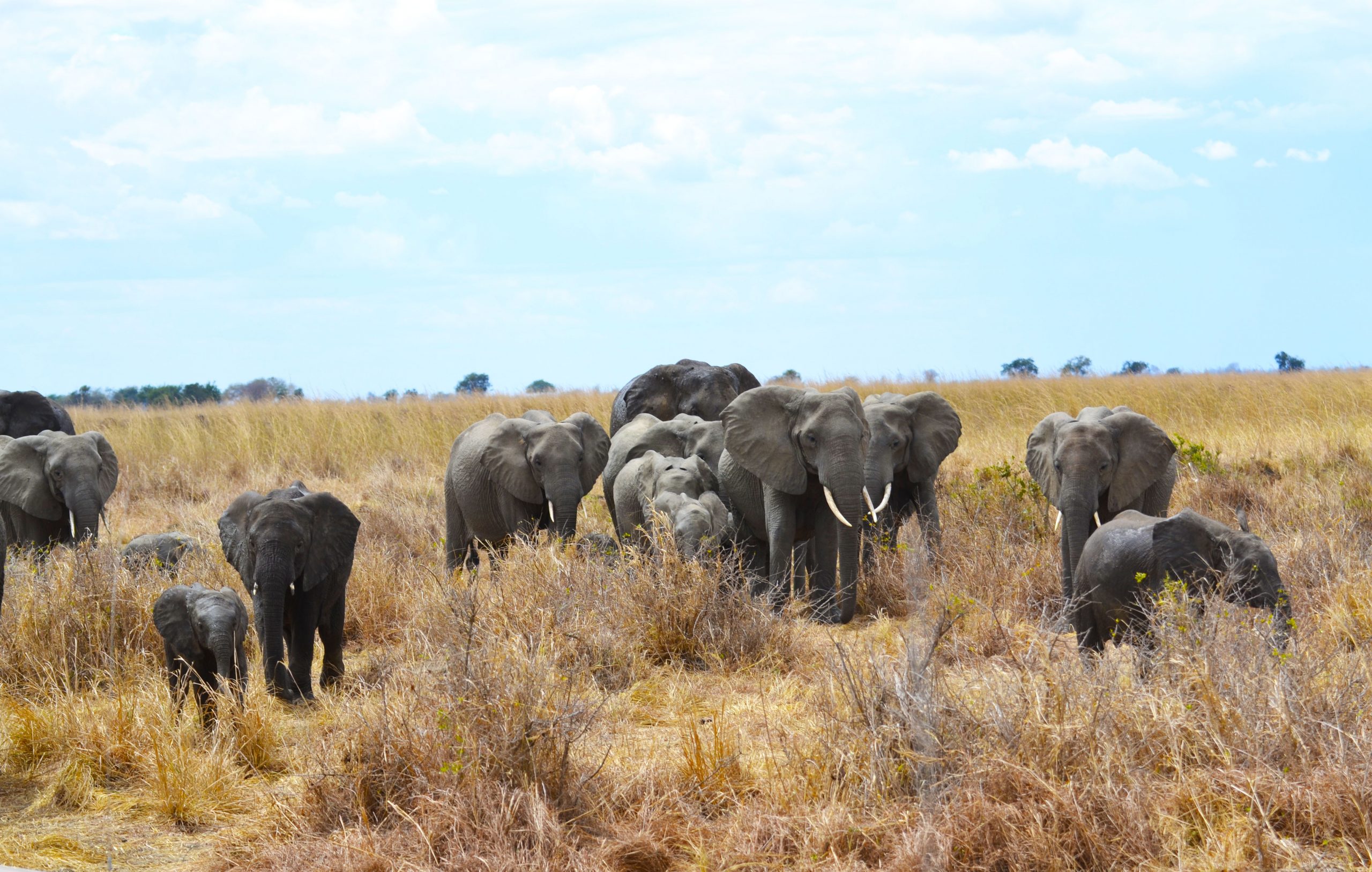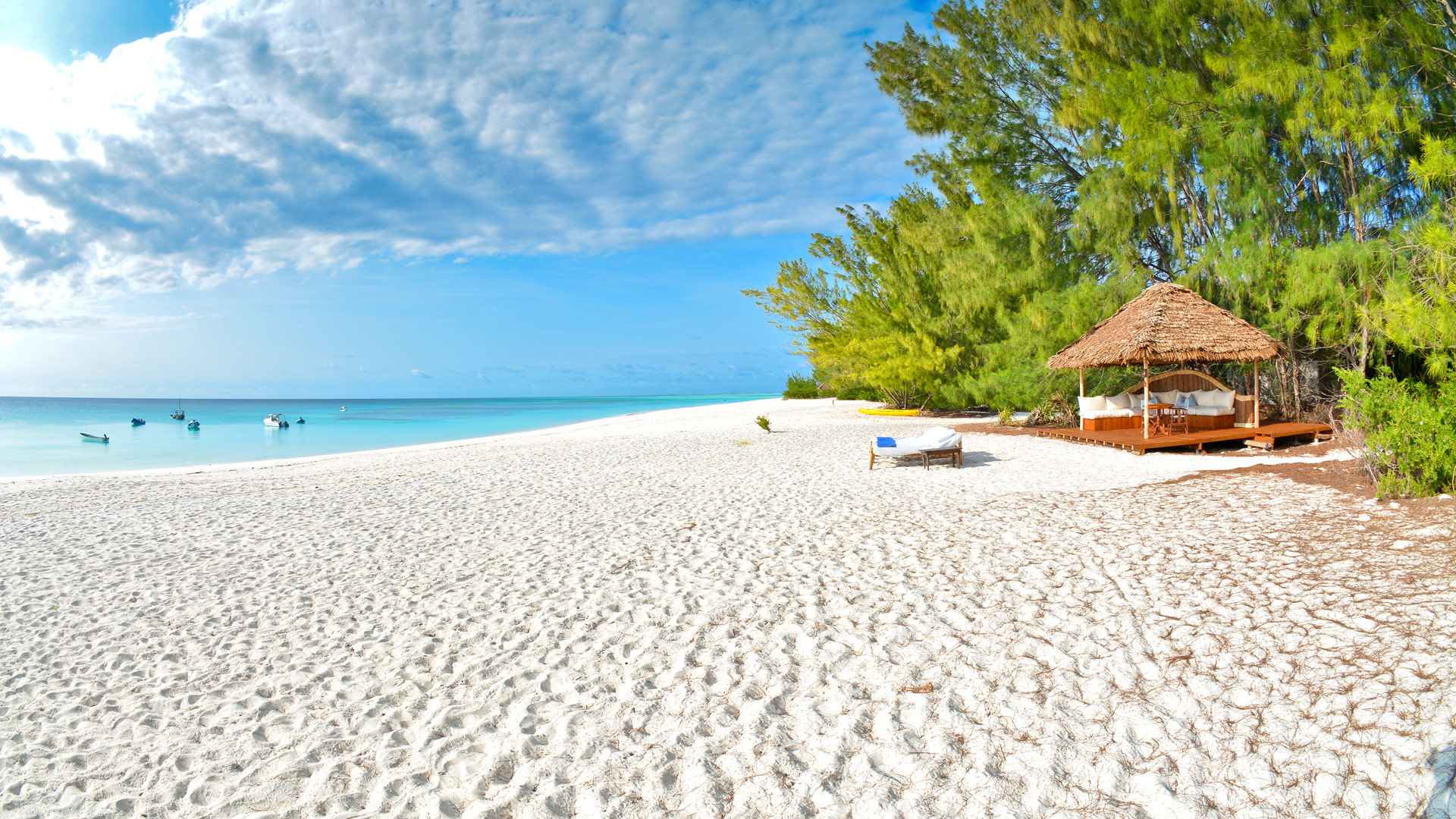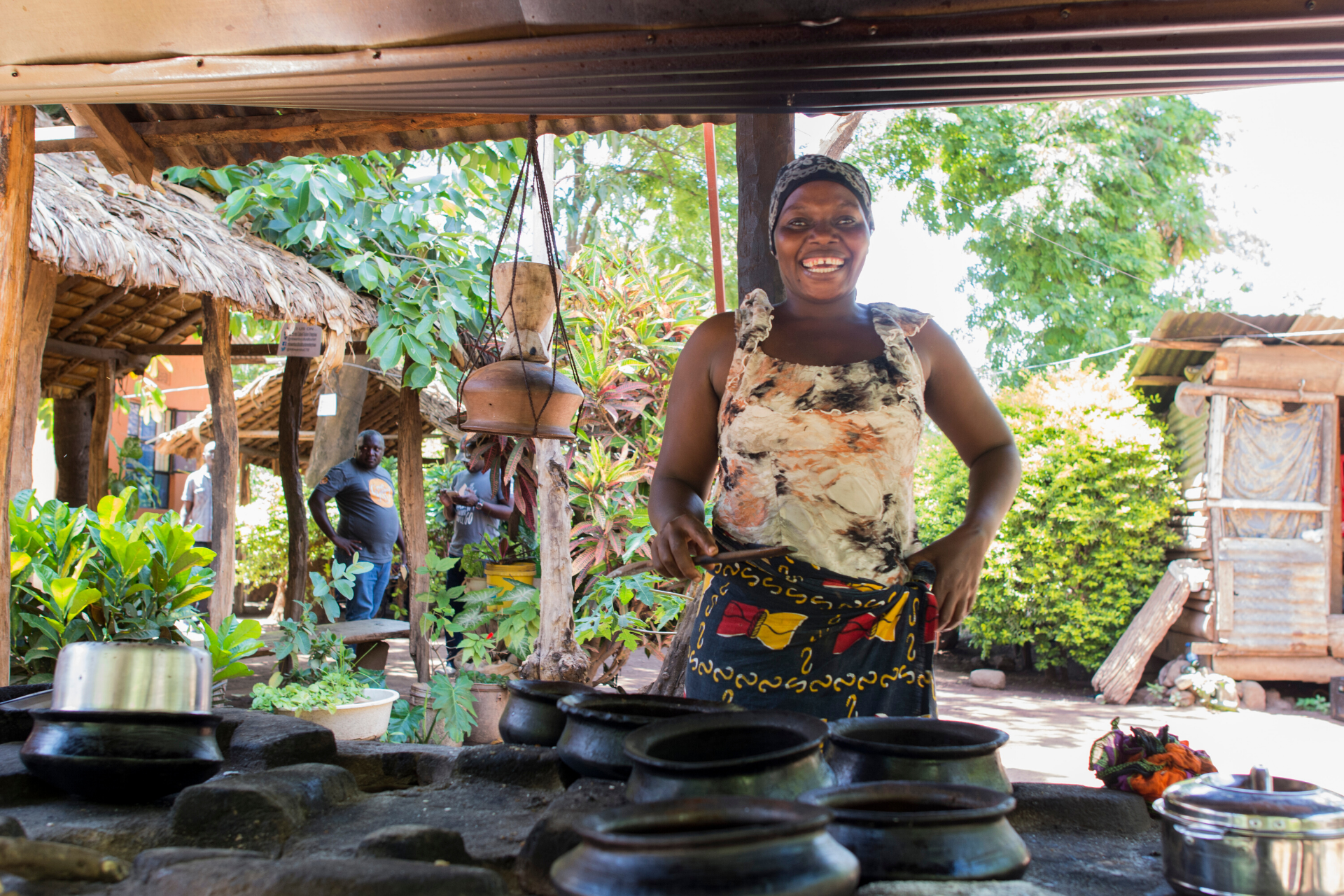Mkomazi National Park
The Last Frontier of Tanzania's North
Welcome to Mkomazi National Park, a hidden gem in northern Tanzania that promises an exclusive and authentic safari experience far from the beaten path. While the names Serengeti and Ngorongoro echo across the globe, Mkomazi offers a tranquil wilderness where conservation and a sense of untamed Africa take center stage. Bordering Kenya’s Tsavo West National Park, Mkomazi is part of one of the largest and most significant protected ecosystems in the world, a true haven for wildlife and an unmissable destination for those seeking an unforgettable adventure.
A Sanctuary for Endangered Species
At the heart of Mkomazi’s story is its crucial role in conservation. The park is a vital refuge for two highly endangered species: the black rhino and the African wild dog.
- The Mkomazi Rhino Sanctuary: This is a major highlight of any visit. Mkomazi is home to a successful rhino breeding program, and a visit to the specially protected sanctuary offers a rare and almost guaranteed opportunity to see the critically endangered black rhino up close. This is a powerful and educational experience that directly supports conservation efforts.
- The African Wild Dog: Mkomazi is also one of the few places in Tanzania where you can reliably find the sociable and equally endangered African wild dog, a truly special sighting for any safari enthusiast.
Wildlife of Mkomazi
While the wildlife population may be less dense than in more famous parks, the species found here are unique to the arid landscape and provide a rewarding experience for the patient observer. Mkomazi is home to typical dry-country animals, including:
- Unique Antelopes: Look for the fringe-eared oryx, a magnificent antelope with scimitar-like horns, and the elegant gerenuk, a "giraffe-necked" gazelle that stands on its hind legs to browse on bushes.
- The "Big Five": Although wildlife can be skittish, Mkomazi is one of the few parks where you can see all of the "Big Five" (lion, leopard, elephant, and buffalo, with the black rhino from the sanctuary).
- Plains Game: You'll encounter herds of elephants, buffalo, zebra, eland, and giraffe, especially around water sources like the Dindira Dam.
- Birdwatcher's Paradise: With over 400 species recorded, Mkomazi is a fantastic destination for birding. Keep an eye out for dry-country specials like the stunning vulturine guineafowl, the northern goshawk, and various hornbills.
Frequently Asked Questions about Mkomazi National Park
Where is Mkomazi National Park located?
Mkomazi National Park is located in northern Tanzania, sharing a border with Kenya's Tsavo West National Park. It is situated in the Tanga and Kilimanjaro regions, roughly a 4-hour drive from Arusha and 2-3 hours from Moshi.
What makes Mkomazi National Park a unique safari destination?
Mkomazi is unique because it's a crucial conservation area and a less-crowded alternative to the more famous northern parks. It's home to a successful black rhino breeding program and is one of the best places to see the endangered African wild dog. Its arid landscape and stunning views of Mount Kilimanjaro and the Pare and Usambara mountains also set it apart.
What wildlife can I see in Mkomazi National Park?
While wildlife can be thinly populated compared to other parks, Mkomazi offers unique sightings. The park is home to all of the "Big Five", though rhinos are primarily seen within the sanctuary. You can also spot specialized dry-country species like the fringe-eared oryx and the gerenuk (a "giraffe-necked" gazelle), along with elephants, buffalo, giraffe, and a wide variety of antelopes. It's also a birdwatcher's paradise with over 400 species.
How do I get to Mkomazi National Park?
The park is easily accessible from Arusha or Moshi by road. The drive from Arusha takes approximately 4-6 hours, while the drive from Moshi is about 2-3 hours. The main gate, Zange, is located near the town of Same. Charter flights are also available from Arusha.
When is the best time to visit Mkomazi National Park?
The dry season, from June to October, is the best time for general wildlife viewing as animals gather around water sources. The scenery is particularly beautiful during the wet season, from November to May, when the landscape is lush and green, and the air is clear for spectacular views of Mount Kilimanjaro.
